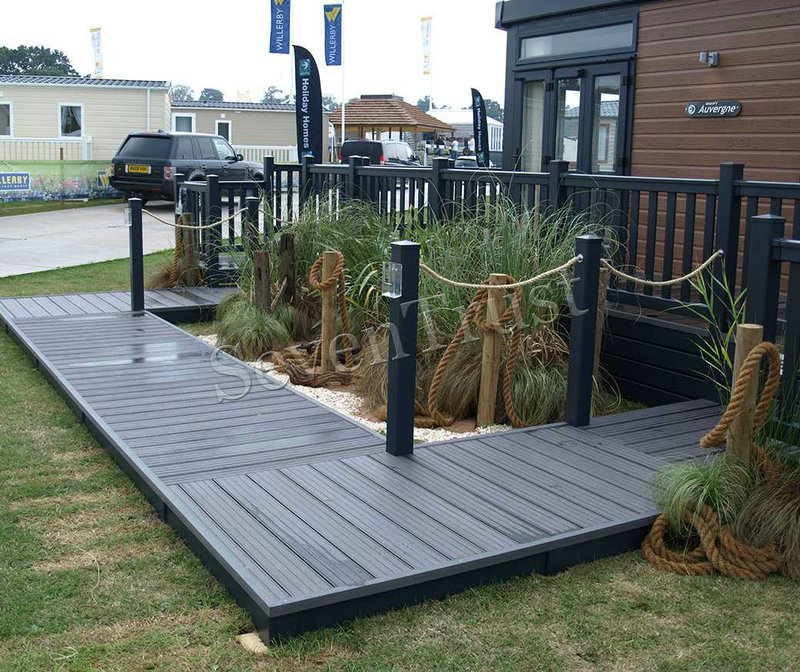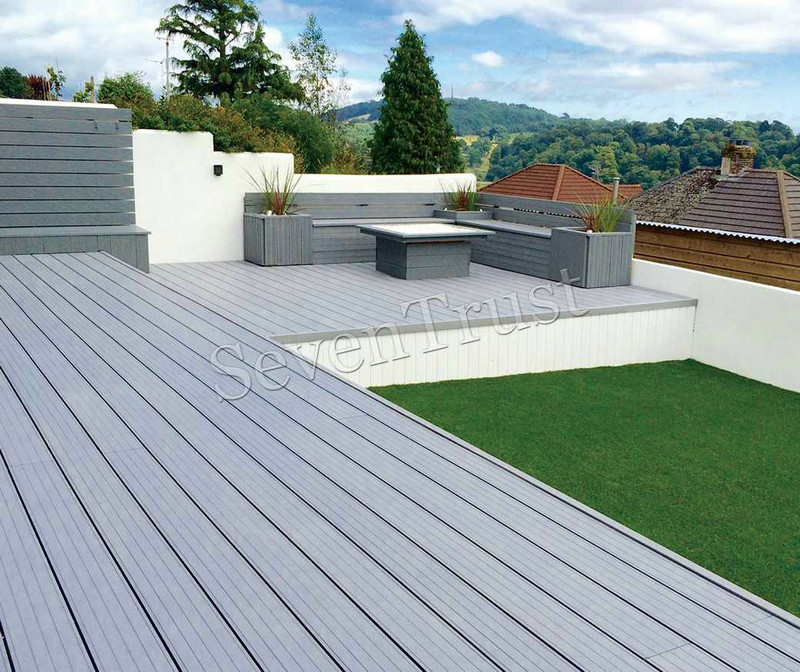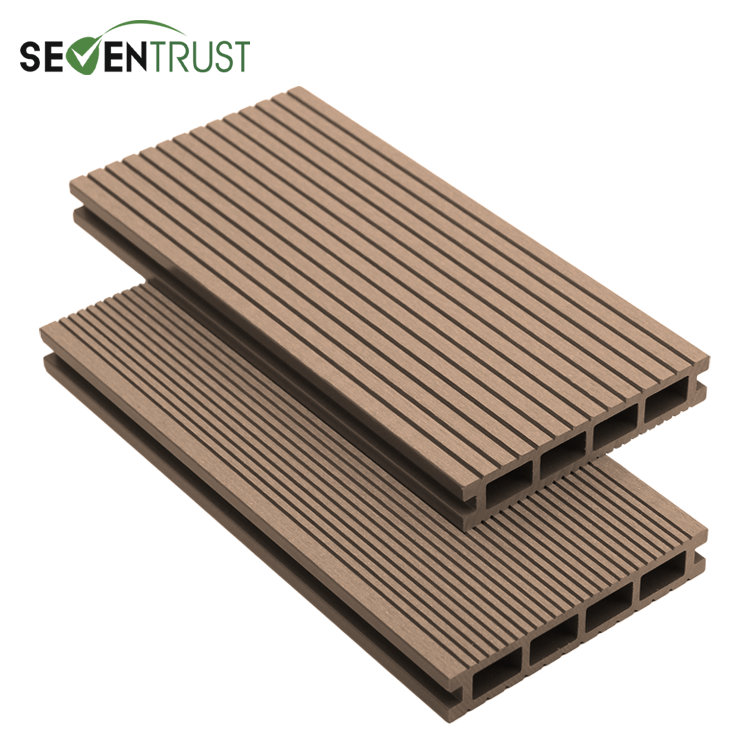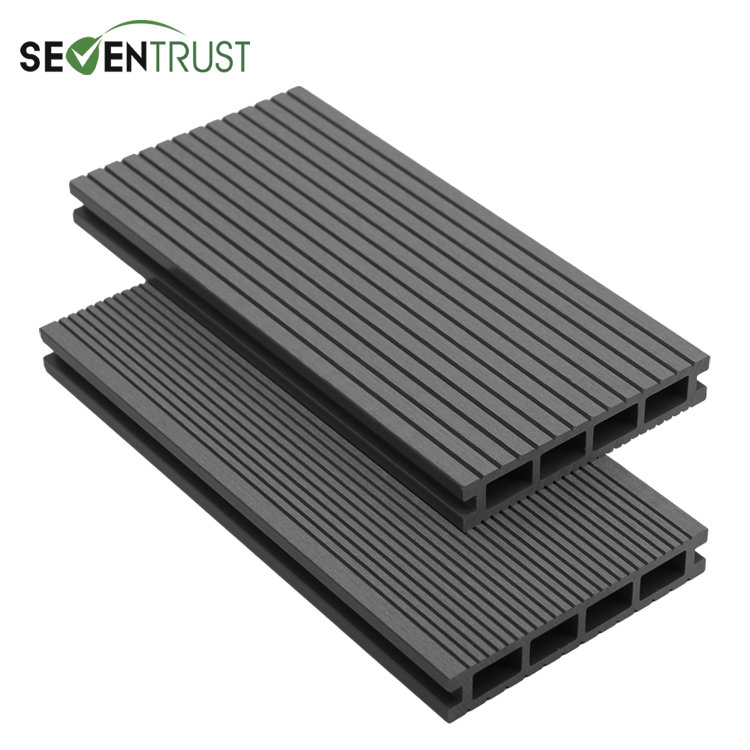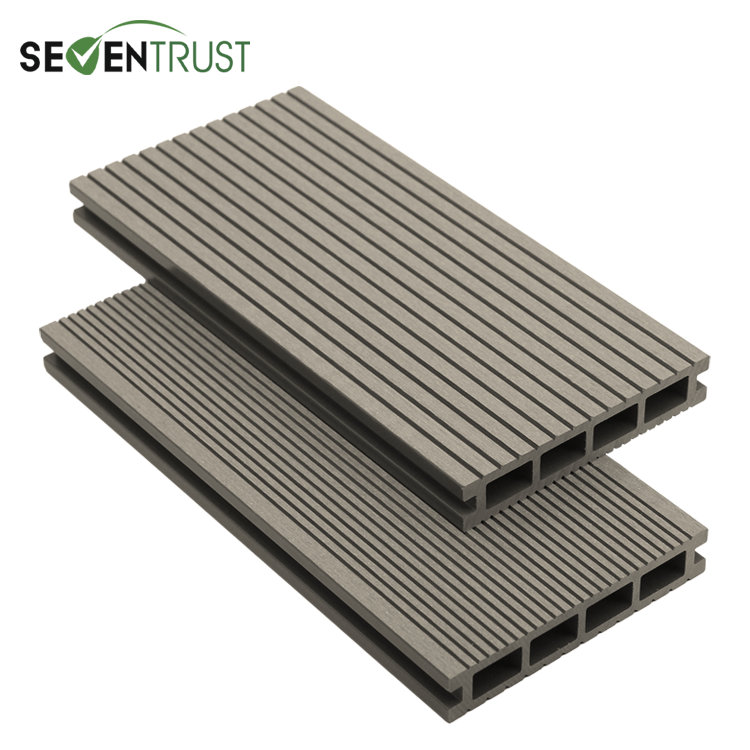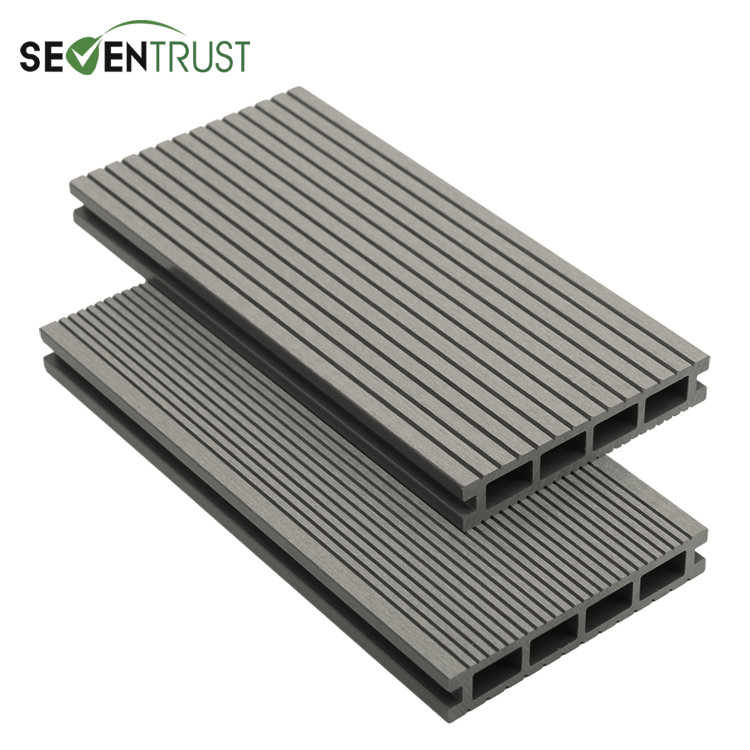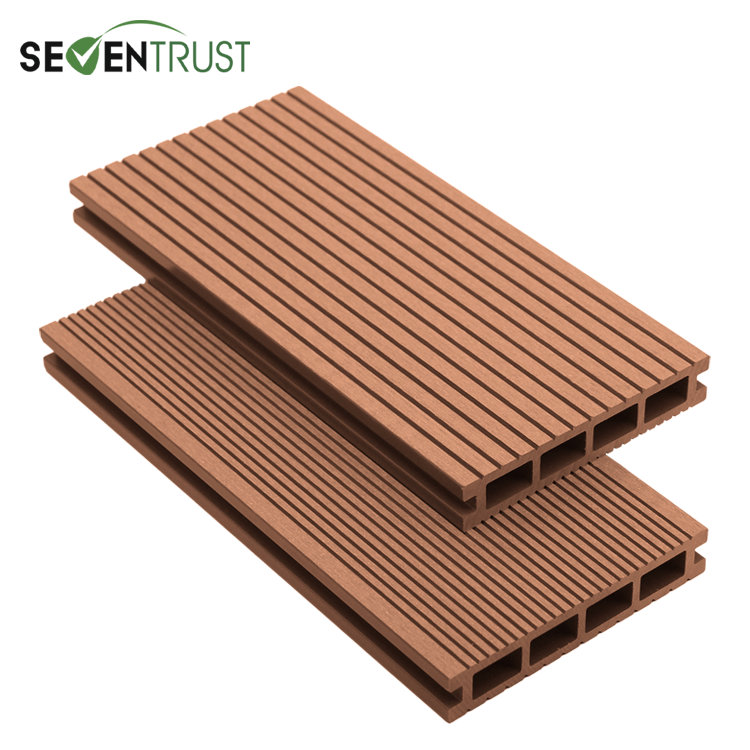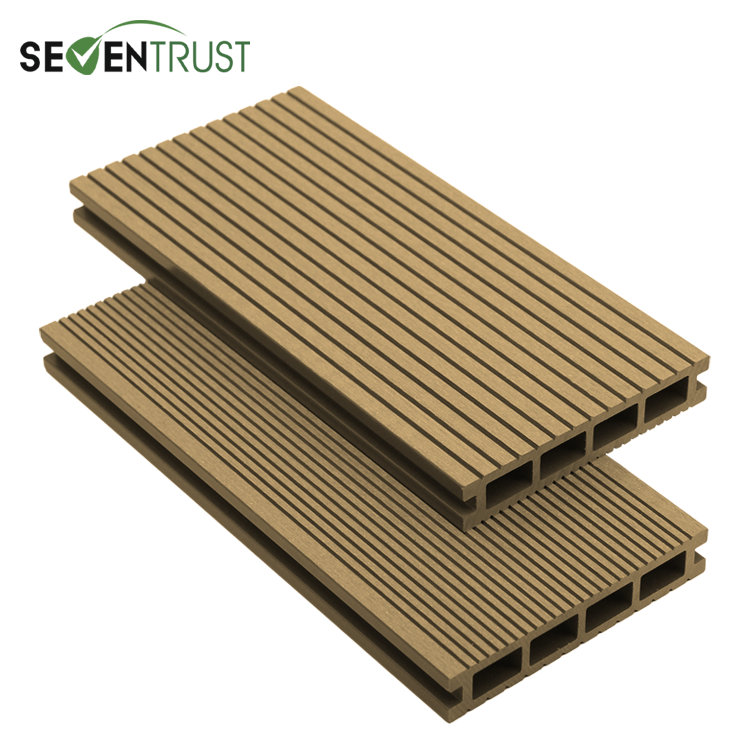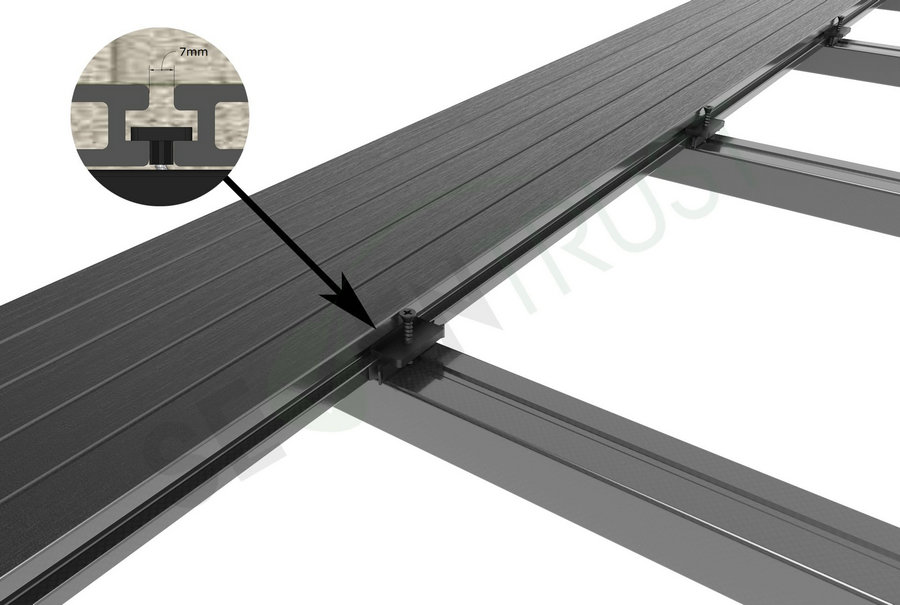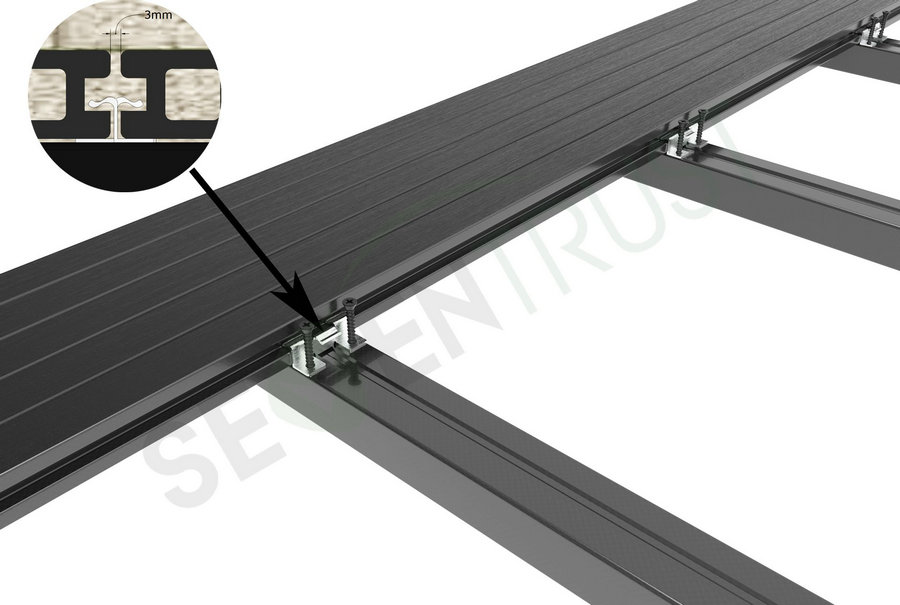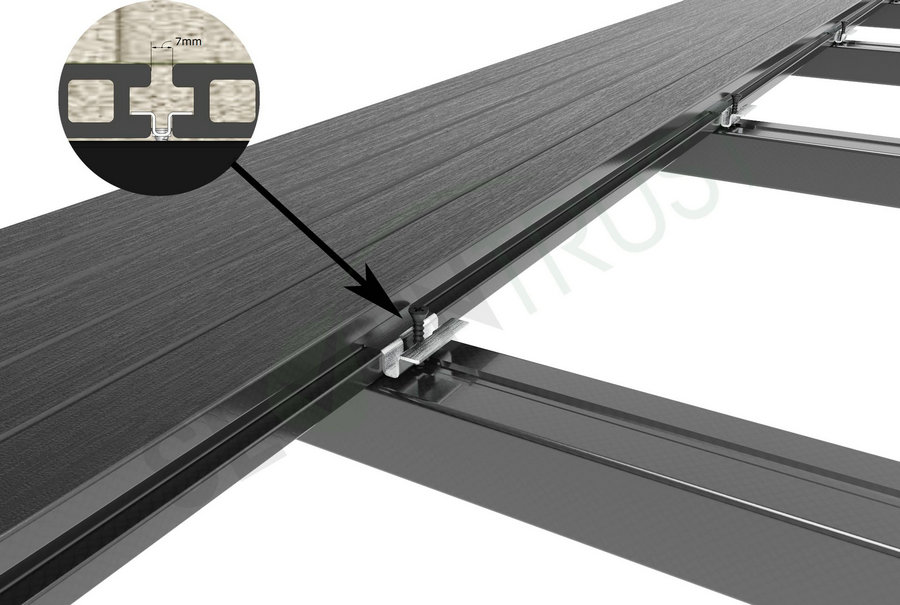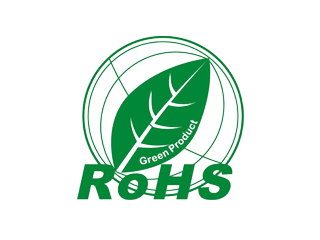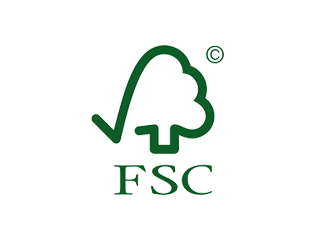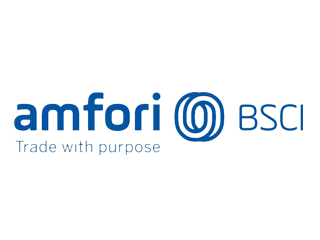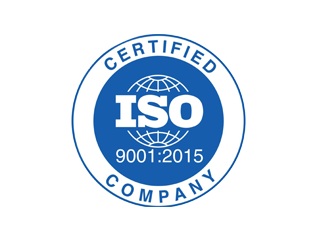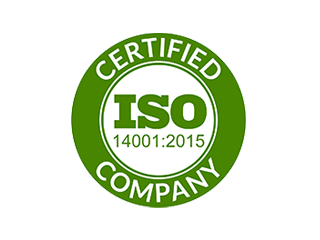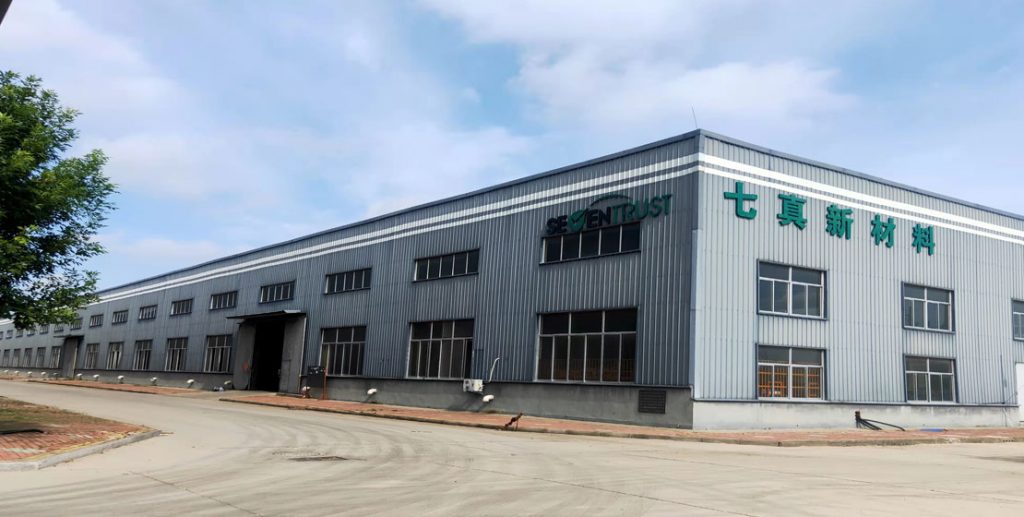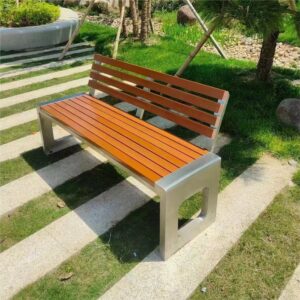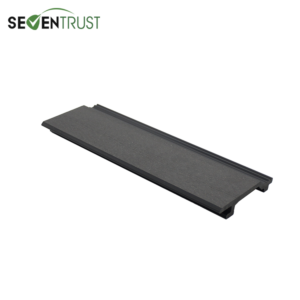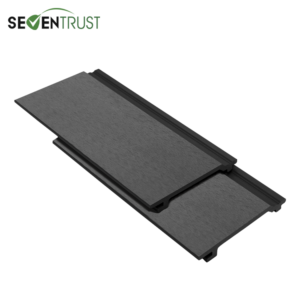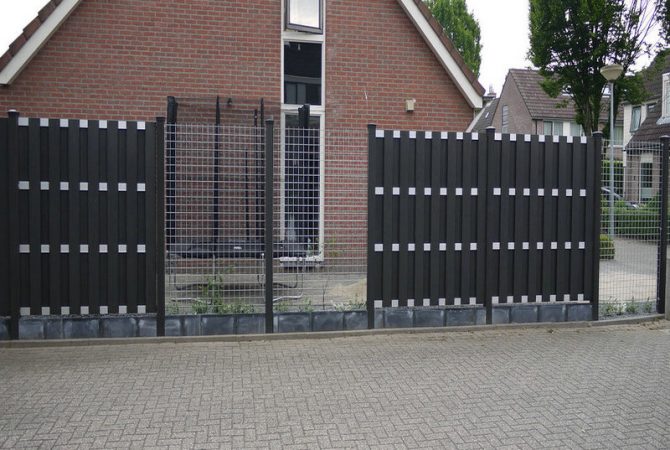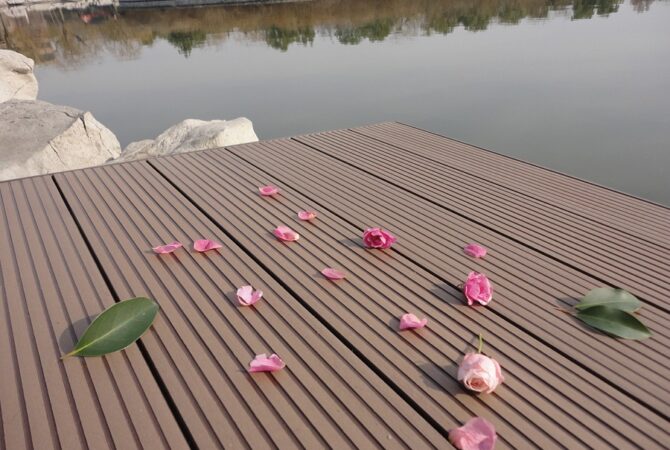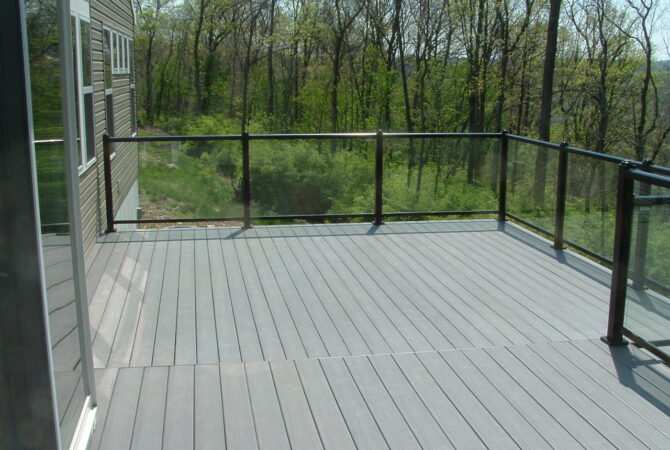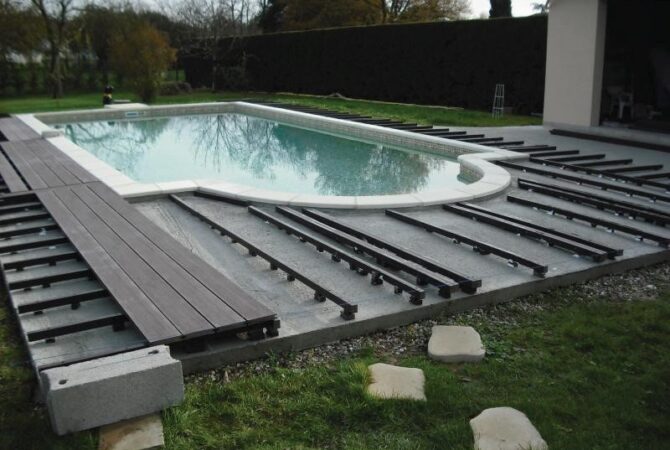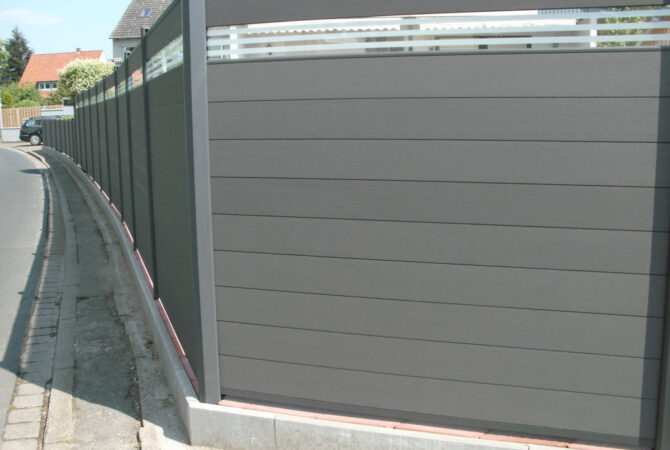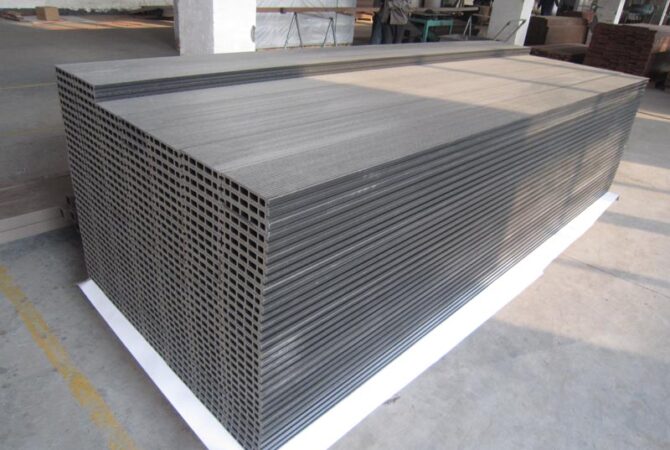What is WPC decking?
WPC decking originated in North America, also known as: ecological wood decking, recycled wood decking, its standard English name is: Wood Plastic Composite Decking, so, also referred to as WPC Decking. WPC decking is mainly made of plastic (recycled waste plastics such as polypropylene (PP), polyethylene (PE), polyvinyl chloride (PVC), etc.) as raw materials, and by adding waste plant fibers such as wood powder, rice husk powder, straw powder, etc. After extrusion, molding and other plastic processing processes, outdoor decking products are produced.
WPC Decking with Different Raw Materials
Because different manufacturers use different raw materials to make WPC decking, the quality of WPC decking varies greatly.
For recycled plastics, because the more times recycled plastics are used, the shorter the molecular chain of plastics, the lower the strength. Although recycled plastics that are used 3 to 5 times are very cheap, the quality of the products produced is not good and the weather resistance is poor. At present, the best recycled plastic is low-voltage high-density polyethylene (HDPE), that is, the first-level recycled cable material is mainly used. Because the cable is often exposed to the outdoors, the weather resistance is very high in the production process, so, the weather resistance of the WPC decking produced by the first-class recycled cable material is very good.
In addition, for the selection of plant fibers such as wood powder, bamboo powder, rice husk powder, bagasse, reed powder and straw powder, the best choice at present is wood powder with a fineness of 60 mesh. Other plant fibers have been tested to have some problems, such as WPC decking and other wood-plastic products produced from rice husk flour, which are prone to mold.
ST-140H25-A WPC Decking Product Description
Name | ST-140H25-A ECO Composite Decking |
Brand Name | SEVEN TRUST |
Size | 140mm x 25mm |
color | Teak,Redwood,Light grey,Dark grey,Chocolate,Grey white... |
Features | Waterproof, anti corrosive, anti slip, mildew proof |
Profiles | Solid Decking |
Package | Pallet |
Warranty | More than 5 years |
Lifetime | more than 25 years |
Application | Park Deck, Veranda Deck, Swimming pool Decking |
Surface treatments | Sanding, groove, embossed |
MOQ | 200 Square Meter |
WPC Component | 55% wood fiber, 35% HDPE, 10% additives |
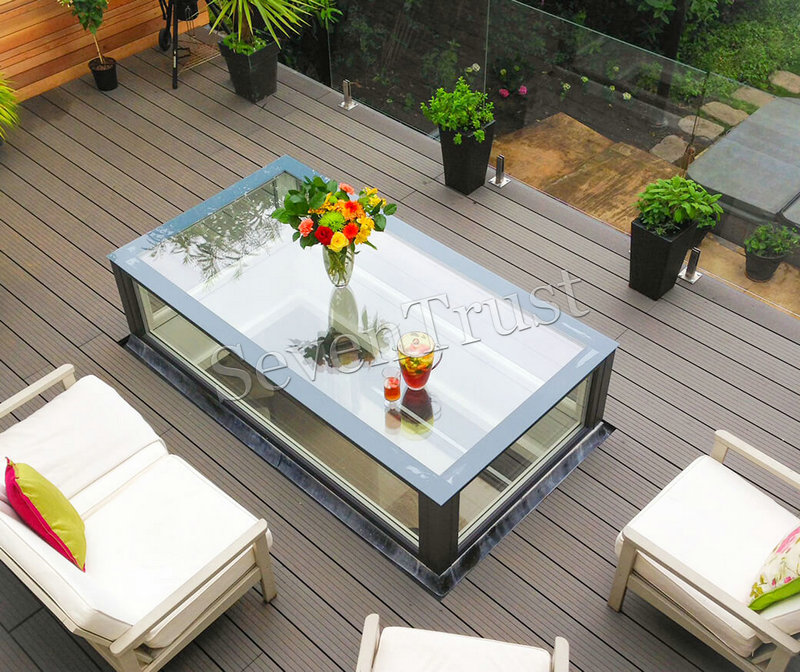
Seven Trust WPC Products Main Materials
WPC decking is a new type of green energy-saving and environmentally friendly product extruded from recycled wood flour and plastic. The composition ratio is 55% wood flour (wood flour is mainly poplar flour) and 35% high-density polyethylene (HDPE) , 10% additives (antioxidants, colorants, lubricants, UV stabilizers, etc.) necessary chemical additives.
Types of WPC Decking
At present, wood-plastic floors are divided into three categories, which are ordinary WPC decking, 3D embossed composite decking, and WPC Co-extrusion decking. The 3D embossed composite decking is a special pattern that is pressed on the surface of the ordinary WPC decking by a pressing roller, which increases the appearance and slip resistance of the product. The WPC Co-extrusion decking is to extrude a layer of textured pvc protective layer on the surface during the production process of the ordinary composite decking. Due to the existence of the protective layer, the WPC Co-extrusion decking has better durability, but the price is also higher than that of the ordinary floor.
What occasions are WPC deckin used for?
Because of WPC decking's water resistance, anti-corrosion, mildew resistance and wood texture, it has become the preferred material for outdoor building materials. It is mainly used in garden floors, docks, swimming pools, leisure and entertainment plazas, park plank roads, etc.
What colors are available for the WPC decking, does it need to be painted, is it faded?
WPC decking can be made in a variety of colors, but generally do not contain white. Unlike wood, WPC decking can have a variety of colors to choose from without painting. Wood-plastic floors exposed to sunlight and humidity will have a slight fade after 20 to 22 weeks, which is almost impossible to detect.
Are WPC decking more flammable than wood dcking?
Due to the special process of wood-plastic products, many additives can be added during the production process, including flame retardants, so wood-plastic products are safer than wood and not easy to burn. According to the needs of different customers, the WPC decking can reach Class B flame retardant.
[Attached: Supplementary Information-Fireproof Material Grade]
Class A: Non-combustible building materials, materials that hardly burn.
Class A1: non-combustible, no open flame
Class A2: Non-combustible, smoke must be measured and qualified.
Class B1: Flame-retardant building materials: Flame-retardant materials have a good flame retardant effect. It is difficult to catch fire in the air or under the action of high temperature, and it is not easy to spread quickly, and the combustion stops immediately when the fire source is removed.
Class B2: Flammable building materials: Flammable materials have a certain flame retardant effect. When exposed to an open flame in the air or under the action of high temperature, it will catch fire immediately, which will easily lead to the spread of fire, such as wooden pillars, wooden roof trusses, wooden beams, wooden stairs, etc.
Class B3: Flammable building materials, without any flame retardant effect, extremely flammable, and have a great fire hazard.
Are WPC decking made of recycled materials?
WPC decking is an environmentally friendly material, which is processed from recycled waste plastics such as polypropylene (PP), polyethylene (PE), polyvinyl chloride (PVC), and natural plant fibers such as waste wood chips or rice bran.
What is the service life of the WPC decking?
Under normal conditions of use, WPC decking can last more than 15 years. In outdoor public places with dense crowds, it is always subject to the test of people and the environment. In such high-density occasions, the lifespan of wood-plastic products can reach 10 years. When used in private places or areas with less traffic, wood-plastic products The lifespan can be as long as 25-35 years.
Will low/high temperature weather affect the WPC decking?
WPC products still perform well even in low temperature weather. However, because plastics account for more than 50% of the composition of WPC, it will be difficult to punch holes due to hardening in extremely low temperature weather. In this case, we Pre-drilled holes are recommended. When the temperature increases, the toughness of the plastic wood will increase, and there will be slight expansion. Therefore, maintaining proper span and spacing during installation is to offset the impact of high temperature on WPC decking.
How to maintain WPC decking?
Even if it is exposed to the wind and the sun outdoors, the WPC decking will not rot, chip or crack. In addition, it has anti-ultraviolet ability and requires no maintenance.

